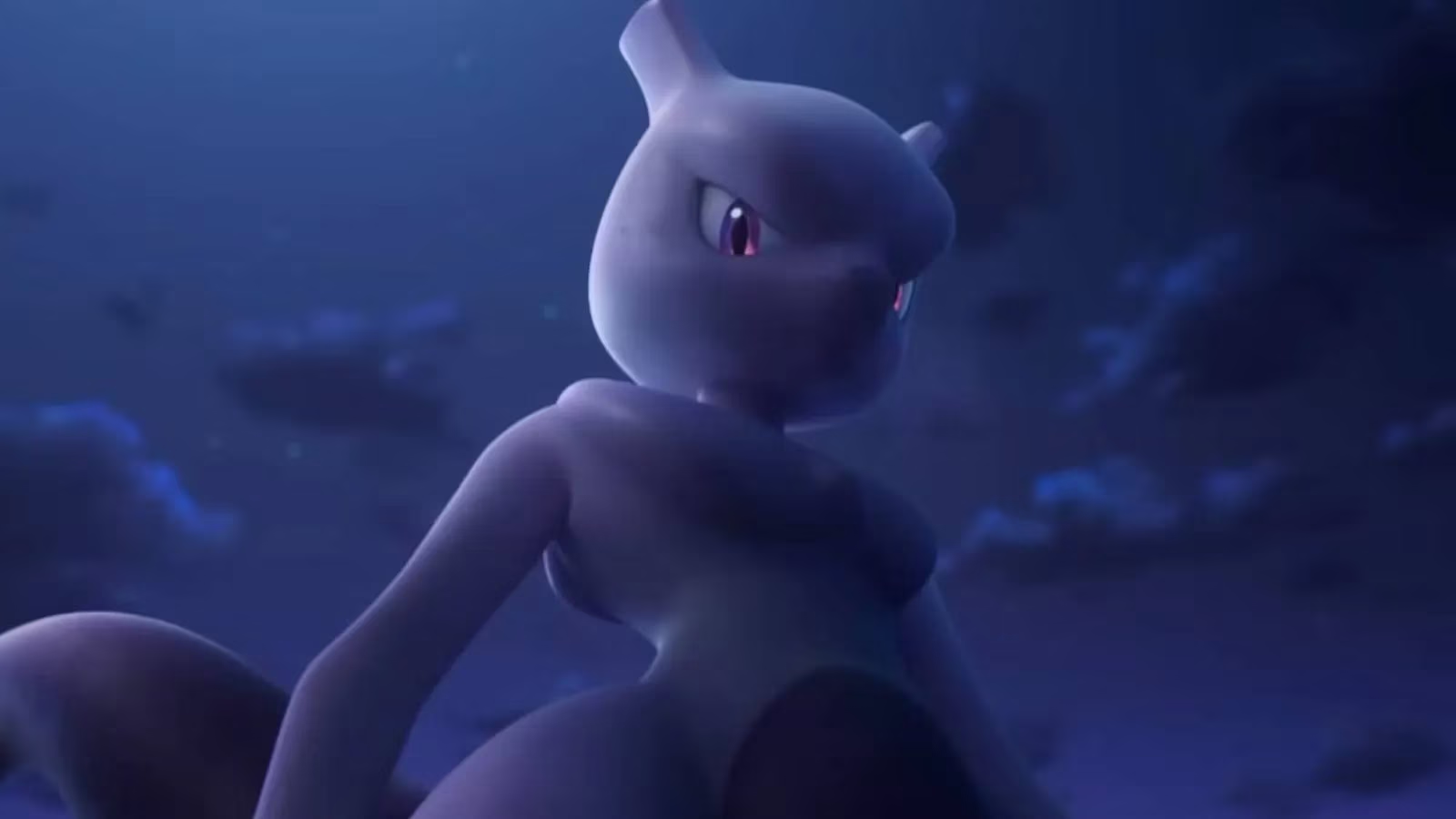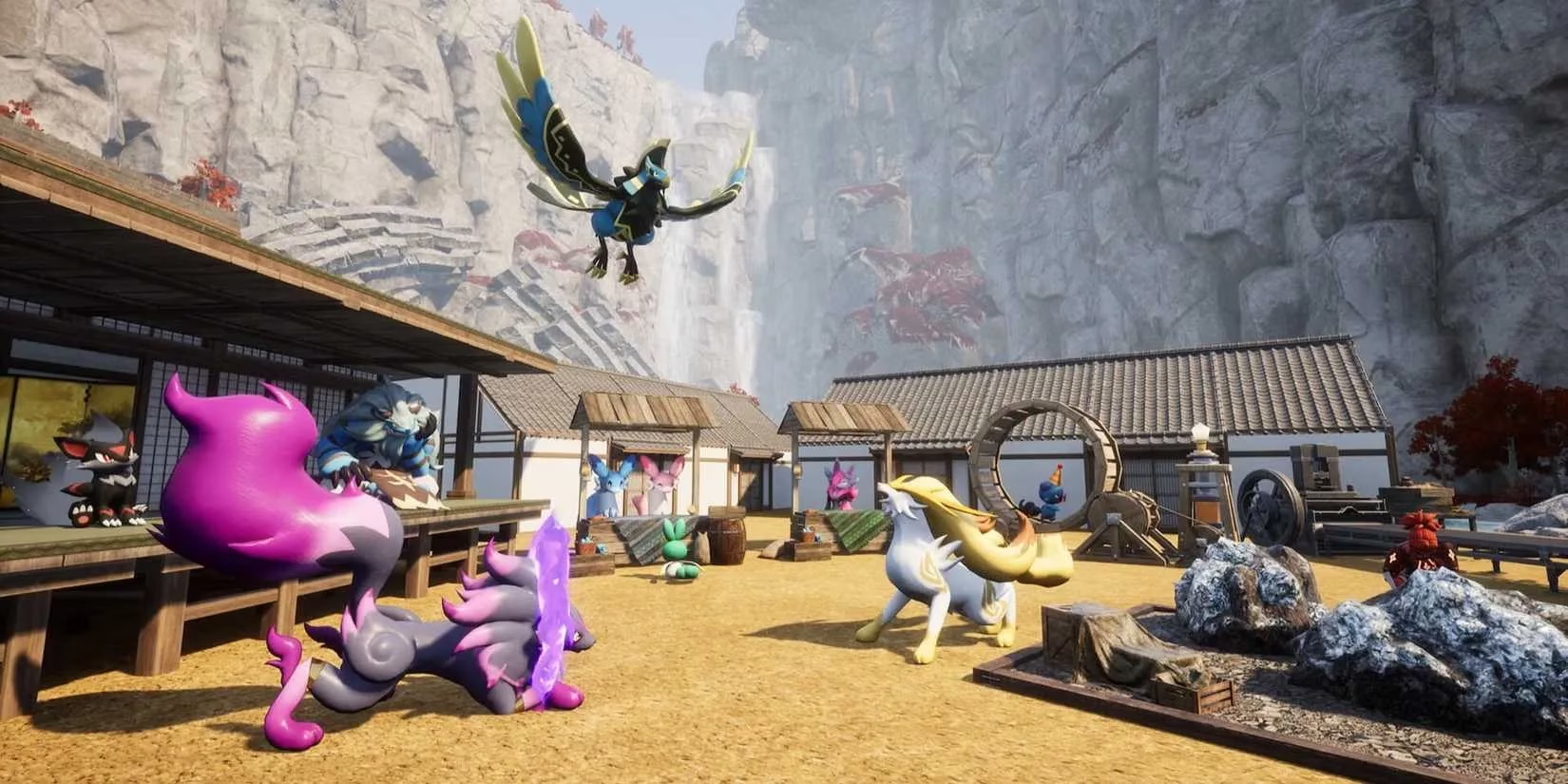Nintendo's Patent Lawsuit Reshapes Palworld and the Creature-Summoning Genre
Nintendo’s patent on summoning and battling mechanics in Palworld sparks industry-wide legal and creative shifts, redefining creature-collecting game design with compelling implications.
When Palworld exploded onto the scene in 2024, players instantly dubbed it 'Pokémon with guns' – an open-world survival game blending creature collecting, base-building, and trigger-happy Pals. But this cheeky description came with costly consequences. On September 18, 2024, Nintendo and The Pokémon Company filed a patent infringement lawsuit against developer PocketPair, igniting a legal firestorm that's forcing game studios industry-wide to rethink fundamental mechanics. At the heart of the battle? Nintendo’s newly secured U.S. Patent No. 12,403,397, a sweeping protection of summoning-and-battling systems that could redefine how games handle companion characters forever. 
Why Nintendo Drew Its Legal Sword 🔍
The lawsuit wasn’t just about guns versus Poké Balls. Nintendo’s complaint highlighted Palworld’s eerily similar creature designs, art style, and even the Pal Spheres used for capturing creatures. These mirrored decades of Pokémon’s iconic identity. But the patent itself casts a wider net, covering any game where:
-
Players summon sub-characters via input commands
-
Those sub-characters automatically battle nearby enemies
-
Battles trigger when foes occupy the summon location
This trifecta applies to countless RPGs, dungeon crawlers, and monster-taming games. Suddenly, summoning skeletons in a dark fantasy RPG or calling robot allies in a sci-fi shooter could tread dangerously close to infringement if animations or mechanics resemble Pokémon’s systems too closely.
Palworld’s Forced Evolution 🛠️
Facing legal pressure, PocketPair executed emergency surgery on Palworld. The most visible change? Gone are the dynamic sphere-throwing animations when capturing Pals. Now, summoning happens through a static, non-interactive effect – a clear departure from Pokémon’s signature throw-and-capture sequence. Gliding mechanics also underwent major revisions after Nintendo argued they mirrored Legend of Zelda: Breath of the Wild too closely. These tweaks, while legally necessary, diluted some of the game’s original charm and sparked player debates about artistic freedom versus intellectual property rights.

Developers across the industry are now scrutinizing summoning mechanics. Could your favorite indie monster-collecting game face similar challenges? Industry analysts whisper about 'the Palworld effect' – studios preemptively altering summoning VFX or adding complexity (like manual ally positioning) to avoid lawsuits. Even major publishers are reportedly consulting patent lawyers before greenlighting projects with companion systems.
People Also Ask: The Burning Questions 🔥
Curious gamers wonder:
-
Could this patent block games like Final Fantasy or Persona? Unlikely – their summoning typically involves elaborate cutscenes or menu-based commands, differing from Pokémon's real-time field deployment.
-
Does Nintendo own all creature-battling games now? No, but they’ve secured a specific mechanical sequence many considered generic.
-
Will Palworld survive legally? PocketPair’s redesigns suggest a settlement path, but courtroom battles continue.
The Bigger Picture: Innovation or Stifling? 🌐
While Nintendo defends its legacy, critics argue such broad patents throttle creativity. After all, summoning allies dates back to 1980s arcade classics. Yet others counter that Palworld’s blatant similarities crossed a line. As one developer anonymously put it: 'It’s not about owning a genre – it’s about protecting decades of distinct work from carbon copies.'
FAQ
Q: What exactly did Nintendo patent?
A: Patent #12,403,397 protects systems where player input summons characters who auto-battle enemies in their spawn location.
Q: Did Palworld copy Pokémon's code?
A: No evidence suggests code theft. The lawsuit focuses on mechanical and aesthetic similarities.
Q: Can games still have summoning mechanics legally?
A: Yes, if they avoid the specific sequence covered by Nintendo’s patent or implement unique visual/control differences.
Q: Has any game been sued besides Palworld?
A: Not yet, but several monster-taming indies have delayed releases to rework mechanics.
Q: Will this affect Pokémon games themselves?
A: Unlikely – Nintendo’s patent solidifies their control over the core mechanics they pioneered.